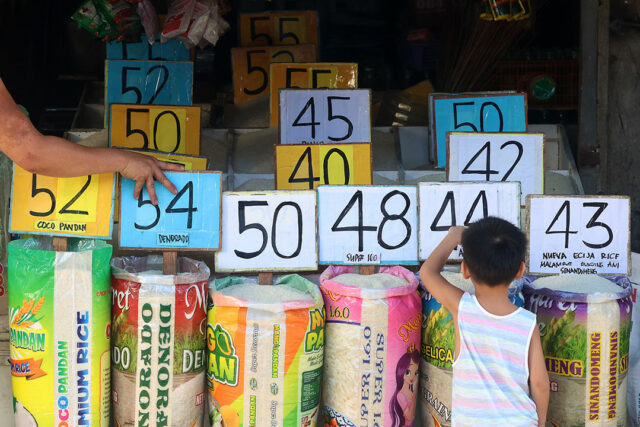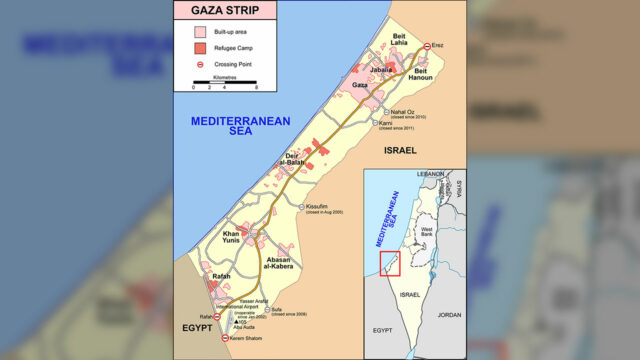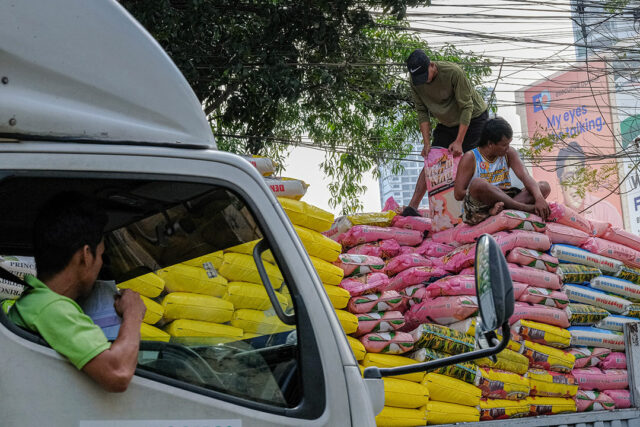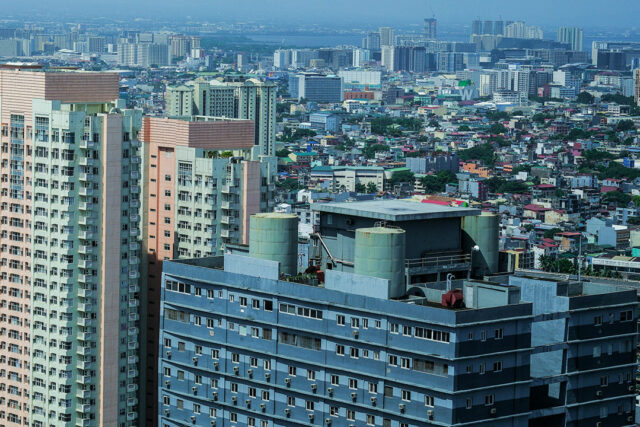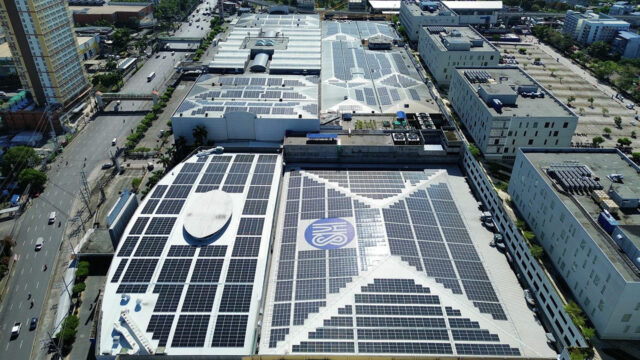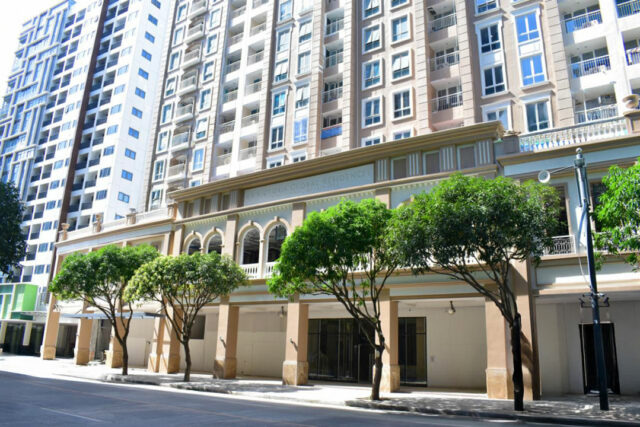THE PHILIPPINE ECONOMY likely expanded in the second quarter thanks to cooling inflation, election-related spending, and faster exports, analysts said.
However, uncertainty over US tariffs may have tempered economic momentum in the April-to-June period, they added.
Gross domestic product (GDP) likely grew 5.5% in the second quarter, according to a median forecast of 17 economists polled by BusinessWorld.

If realized, this would be a tad faster than the 5.4% growth recorded in the first quarter. However, it would be slower than the 6.5% expansion in the second quarter last year.
This would place average growth at 5.5% for the first half, aligning with the lower end of the government’s revised 5.5-6.5% target range.
The Philippine Statistics Authority (PSA) is scheduled to report second-quarter GDP data on Aug. 7.
“Household consumption, the country’s main growth engine, likely strengthened on the back of low and stable inflation, steady remittances, and robust labor market conditions,” Chinabank Research said.
In June, headline inflation ticked up 1.4%, a tad faster than the 1.3% in May but still slower than 3.7% in June 2024, official government data showed. June marked the fourth straight month that inflation was below the central’s bank’s 2-4% target for the year.
Inflation averaged 1.8% in the first half, decelerating from 3.6% a year ago.
Bank of the Philippine Islands Lead Economist Emilio S. Neri, Jr. said household consumption likely remained the main growth driver in the second quarter, supported by election-related spending, easing inflation, and continued strength in consumer lending.
“While disinflation has helped ease cost pressures and support consumption, overall domestic demand remains cautious due to weak consumer and business sentiment, limited fiscal impulse during the election period, and muted employment quality,” Ruben Carlo O. Asuncion, chief economist at Union Bank of the Philippines, Inc., said.
However, the Commission on Elections’ 45-day ban on public works spending, which started on March 28 and ended with the May 12 elections, may have dampened government spending.
“For the most part, domestic demand lost some steam in the quarter that has just gone by, particularly government spending, which was to be expected given the natural lull in such expenditure during an election season,” Pantheon Macroeconomics Chief Emerging Asia Economist Miguel Chanco said.
Philippine National Bank economist Alvin Joseph A. Arogo said GDP growth likely slowed in the second quarter due to “tapering of government spending, weak business sentiment due to trade uncertainty.”
NARROWER TRADE GAP
“A narrower goods trade deficit, driven in part by frontloading from US importers ahead of the imposition of higher US tariffs and by growing demand for Philippine products in other export markets, also likely contributed to the upside,” Chinabank Research said.
In April, US President Donald J. Trump announced a 17% reciprocal tariff rate for goods from the Philippines, but the implementation was suspended until July.
Mr. Trump threatened to raise the tariff to 20% in early July, but eventually set a 19% tariff on Philippine goods after a meeting with Philippine President Ferdinand R. Marcos, Jr. The new tariff rate is expected take effect on Aug. 7.
Reinielle Matt M. Erece, an economist at Oikonomia Advisory and Research, Inc., said the narrower trade deficit in June may have been driven by US firms frontloading imports before the US tariffs took effect.
“The postponement of these tariffs gave room for firms to order more from [Philippine] exporters before they take effect,” Mr. Erece said.
The Philippines’ trade-in-goods deficit narrowed to $3.95 billion in June, as exports jumped by 26.1% to $7.02 billion, driven by frontloading in the run-up to higher US tariffs.
In June, the United States was the top destination for Philippine-made goods with $1.22 billion, accounting for 17.3% of total exports.
“Uncertainty over US tariff rates and the ongoing price correction in the Philippines’ real estate market also likely took a toll on the expansion plans of firms and businesses,” HSBC Global Research economist for ASEAN Aris Dacanay said.
Mr. Asuncion said selective export strength, particularly electronics and mineral products, “provided some lift.”
“But global uncertainties and the delayed US Fed easing following a stronger-than-expected US inflation report continue to weigh on investor confidence and trade dynamics,” he said.
WEATHER DISRUPTION
Marites M. Tiongco, professor and dean of the School of Economics at the De La Salle University, said that the modest growth in the second quarter would fall short of earlier expectations as weather disruptions affected the agriculture sector.
“The projected 5.5% GDP growth in the second quarter of 2025 is attributed to the continued strength of domestic demand and public sector infrastructure spending but moderated by the negative impact of back-to-back typhoons on the agriculture sector and rural consumption,” she said.
Ms. Tiongco said the agriculture sector was “a key drag” on GDP growth in the second quarter.
“Unlike the anticipated dry-season El Niño impact, second-quarter 2025 was instead defined by typhoon-related damages that reduced yields in rice, corn, and fisheries. These disruptions had a twofold effect: first, by directly lowering agricultural value-added, and second, by indirectly constraining rural household spending and transport flows,” she said.
Agriculture accounts for about a tenth of gross domestic product and about a quarter of all jobs. The PSA will release second-quarter agriculture and fishery production data on Aug. 6.
Ms. Tiongco said the Philippine economy is on track to grow between 5.5% and 5.8% in 2025.
“(The economy’s) resilience rests on domestic consumption, strong infrastructure investment, and stable remittances. However, external fragilities — particularly from shifting US trade policy and geopolitical dynamics — pose downside risks, underscoring the need for proactive trade diplomacy, resilient supply-chain strategy, and climate-adaptive investments,” she said.
Security Bank Corp. Vice-President and Research Division Head Angelo B. Taningco said he expects full-year economic growth at 5.6%.
“For the remainder of the year, I expect GDP growth to be at sub-6%, i.e., at 5.8% in the second half of the year,” he said.
GlobalSource Partners Country Analyst Diwa C. Guinigundo said the lower end of the government’s target may be achievable this year amid “greater uncertainties” due to geopolitical tensions and US tariffs in the second half.
“The Philippine economy for the rest of the year may be more challenging because by then the impact of higher tariff in the US might have kicked in, both in terms of moderating exports and overall economic growth,” Mr. Guinigundo said.
Chinabank Research said it expects domestic economic conditions to remain favorable for growth for the rest of the year.
“However, the local economy would likely continue to contend with external headwinds, including elevated uncertainty, steep US tariffs, and a potential slowdown in global economic activities,” it said. — L.P.Q.Batoon



